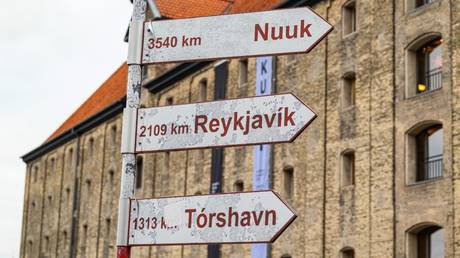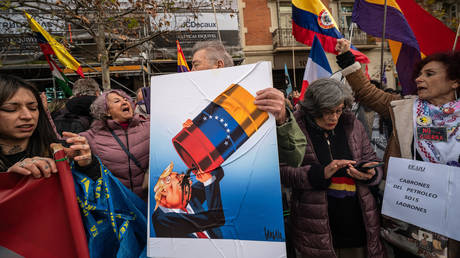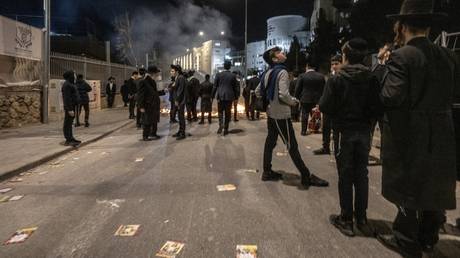
NASA is warning about five space rocks en route to Earth this week, right as Japan’s space agency completed a dropoff of the world’s first subsurface asteroid material, before continuing its planetary defense recon mission.
The Center for Near Earth Object Studies (CNEOS) has clocked five asteroids headed toward Earth’s vicinity each measuring over 20 meters in diameter, starting with the 21-meter 2020 XB1 which will fly past the planet at a safe distance of 3.1 million kilometers (considered ‘close’ by astronomical standards) on December 7.
Then on Tuesday, December 8, 2018 PK21 (22 meters), and the 33-meter 2020 WK3 (roughly half the wingspan of a 747 jet) will shoot past at 4.6 and 3.8 million kilometers respectively.
The very next day, with a diameter roughly half the height of the Arc de Triomphe in Paris, the 26-meter 2020 XD will fly by at 4.8 million kilometers.
Bringing up the rear on December 11 will be asteroid 2020 VC7, measuring a whopping 55 meters or the same height as the Leaning Tower of Pisa at a distance of 5.6 million kilometers.
While all of these (relatively) close calls are underway, researchers with the Japan Aerospace Exploration Agency (JAXA) will be analyzing the world’s first asteroid subsurface samples, which landed safely in the Australian Outback this weekend and may provide clues about the origin of the solar system and the arrival of life on Earth.
The Hayabusa2 probe successfully ejected a small, 40-centimeter (15-inch) capsule from an altitude of 220,000 kilometers (136,700 miles) on Saturday, with precious cargo taken from the distant asteroid Ryugu, located some 300 million kilometers (180 million miles) away.
Japanese astronaut, Soichi Noguchi, who is now on a six-month mission on board the ISS, tweeted to say he had spotted the capsule on its way down to Earth as it flew past the station.
“Just spotted #hayabusa2 from #ISS! Unfortunately not bright enough for handheld camera, but enjoyed watching capsule!” a jubilant Noguchi said.
The subsurface rock, which scientists hope will be largely unaffected by space radiation, will undergo a preliminary safety inspection at an Australian lab before being shipped to Japan.
“We will examine whether Ryugu is a potential source of organic matter and water on Earth when the solar system was forming, and whether these still remain intact on the asteroid,” Australian National University space rock expert Trevor Ireland said.
Meanwhile, the Hayabusa2 spacecraft, which spent 1.5 years at Ryugu, has already set off on a new expedition to another distant asteroid, 1998KY26, on a journey expected to take 10 years. Part of this next mission will involve exploring ways to prevent meteorites from hitting the Earth.
Like this story? Share it with a friend!




